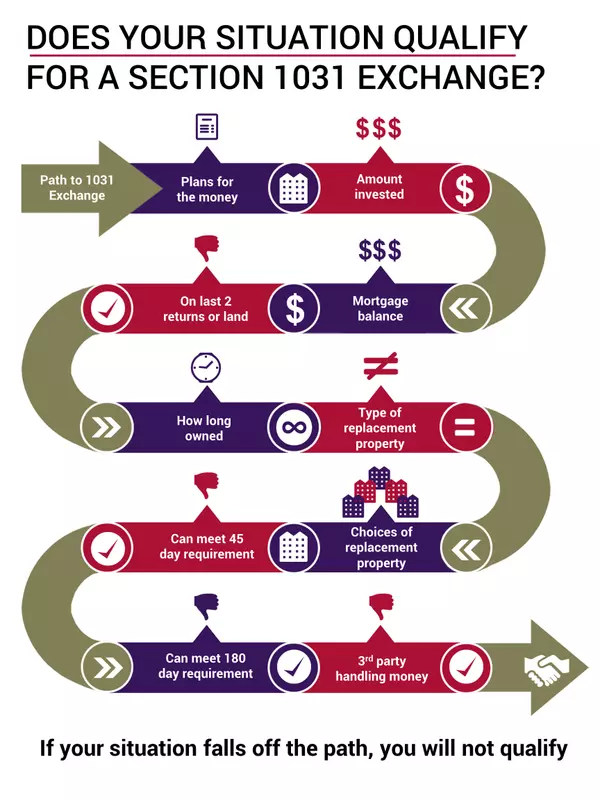What's Behind High U.S. Mortgage Interest Rates
What's Behind High U.S. Mortgage Interest Rates
In recent years, potential homebuyers and real estate investors in the United States have been facing a major hurdle: persistently high mortgage interest rates. This trend has caused many to wonder what exactly is behind these elevated rates and when we can expect them to change. In this blog post, we will explore the factors influencing high mortgage interest rates and shed light on when we might see a shift in this market.
Sellers in the real estate market have certainly noticed the impact of high mortgage interest rates. As rates rise, the pool of qualified buyers decreases, potentially leading to longer listing times and lower selling prices. Additionally, homeowners looking to upgrade or downsize may be deterred from making a move due to the higher costs associated with financing a new home. Therefore, understanding the reasons behind these high rates is crucial for both buyers and sellers in the market.
One of the primary factors contributing to high mortgage interest rates is the state of the mortgage market itself. Mortgage rates are closely tied to the yields on long-term U.S. Treasury bonds. When investors perceive greater risk in the market, they demand higher yields on these bonds, which in turn drives up mortgage rates. Uncertainty surrounding the economy, inflation, and geopolitical events can all influence investor sentiment and contribute to higher interest rates.
Another key factor is the Federal Reserve's monetary policy. The Federal Reserve has the ability to directly influence short-term interest rates by adjusting the federal funds rate, which is the interest rate at which banks lend to one another overnight. While this rate does not directly impact mortgage rates, it does influence overall market interest rates. If the Federal Reserve raises the federal funds rate to combat inflation or stimulate the economy, it can indirectly contribute to higher mortgage interest rates.
Additionally, new construction projects play a role in driving up mortgage interest rates. As demand for new homes increases, builders require financing to fund these projects. This increased demand for construction financing can put upward pressure on interest rates, as lenders adjust their rates to reflect the increased risk associated with financing new construction. Therefore, the boom in new construction seen in recent years has likely contributed to the higher mortgage interest rates experienced by homebuyers.
So, when can we expect things to change? While it is difficult to predict the exact timing, there are a few factors to consider. First, the Federal Reserve's monetary policy stance is critical. Currently, the Federal Reserve has signaled a more dovish approach, indicating a willingness to keep interest rates lower for longer to support the economic recovery. If this stance persists, it could alleviate some pressure on mortgage rates.
Secondly, the overall state of the economy will play a significant role. If economic growth remains robust, inflationary pressures could increase, prompting the Federal Reserve to raise interest rates. However, if the recovery falters or faces headwinds, the Federal Reserve may maintain a more accommodative stance, keeping interest rates lower.
Lastly, international factors such as geopolitical events and global economic conditions can also influence mortgage rates. Given the interconnected nature of the global economy, any major developments abroad can spill over into the U.S. mortgage market, impacting interest rates.
In conclusion, high mortgage interest rates in the United States can be attributed to factors such as investor sentiment, Federal Reserve monetary policy, and increased demand for new construction financing. While it is challenging to pinpoint when these rates will change, factors such as the Federal Reserve's stance, the state of the economy, and international developments can provide clues. As always, it is essential for buyers and sellers in the real estate market to stay informed and remain adaptable to changing conditions.
Categories
Recent Posts










GET MORE INFORMATION



